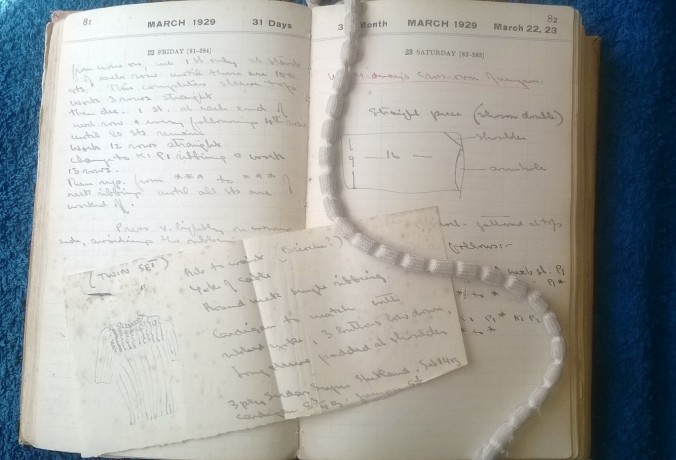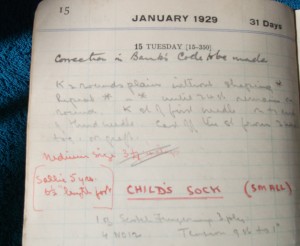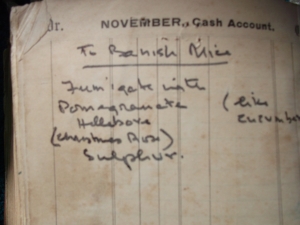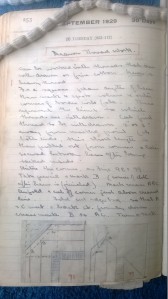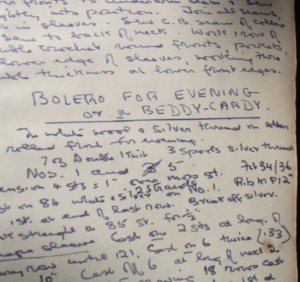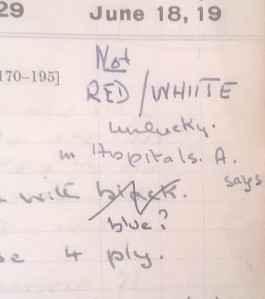I like knitting while I’m travelling. Random strangers come and start conversations about their grannies and their own memories of knitting. When you’re knitting, you’re perceived as being total harmless and very friendly. People seem to ignore the pointy needles for some reason.
I brought my knitting when I went back to Ireland this week. As well as catching up with family and friends it was a time to rediscover the joys of feeding terns off the harbour in Galway, getting drenched to the skin in Ardgillan and watching seals off shore in Balbriggan. And knitting on trains, planes and in cars.
Travel-knitting is always limited. You can’t have anything too bulky or heavy. Nothing too complicated or requiring millions of charts or different needles and yarns. I decided to make socks – just plain, vanilla, snoresome ribbed socks. With a boring round heel because I forgot to bring a yarn needle and so I couldn’t do my favourite Balbriggan Heels.
And it would have been utterly mindless except that the yarn rebelled.
The only word to describe this yarn is ‘snide‘. It slithers off the needle and wriggles its way out of stitches. It splits if you so much as breathe on it. I came to loathe it. Knitting became a battle of wits – I’d try to sneak a few rounds before the stupid yarn knew what had happened and started its snaky, slithy, writhey dance of spite off my needles. I even lost the ball-band so I can’t reliably report what the nasty stuff is. I found the ball-band. Ironically enough, it’s called ‘Superba Harmony’ and the slidey snidey quality is because it’s 25% polyamide. Won’t be using that again!
The trip wasn’t making for good knitting until Helen (TCD Medievalist and doyenne of Dublin crafting) gave me this.
It’s a book. Or rather, it’s a manuscript. It was found in the bin in the booksale room.
People donate loads of old books to the Trinity booksale. Mostly from house-clearances, dead-men’s shoes, that sort of thing. Sometimes there are real treasures because people toss out things without really knowing what they have in their hands.
Like this little gem.
It’s a diary that someone has repurposed as a knitting journal – there are notes for knitting patterns, crochet patterns, embroidery and dressmaking. There are patterns, sketches and ideas. Some are copied from magazines but others are clearly home-made and are called things like “May’s Tea-Cosy”.
It’s a fascinating manuscript with at least three different hands in evidence and you can see where two different people have used the same pages:
The first has a right-leaning slope, written in good black ink (now faded) and these notes relate to financial transactions and business. Though there are some stranger entries including one saying
I don’t know about you but I’m fascinated by anyone who thinks that pomegranates are like cucumbers.
The second hand is far more sensible, left-leaning, uses blue ink, pencil and red pen for some titles. The second hand doesn’t spell very well and tends to leave out letters or to ‘hyper-correct’ words like ‘lacy’ to ‘lacey’. Most of the entries are written in this second hand.
The third starts off quite round and naïve but becomes more assured and developed (and illegible) towards the end of the journal.
The diary itself is for 1929 so, as Karl (resident palaeography expert and Viking enthusiast) reasoned, the earliest someone could have bought it is 1928 and it must have been in use from then until some point in the 1970s going by the notes on some of the patterns. Many of the patterns are dated in the 1940s so I’m guessing that the diary was dug out and repurposed by the second hand some time during the war when the paper-ration came into effect. The thrifty crafter then passed the journal on to someone else – I’m assuming a younger person because the third hand starts off with patterns for toys and patterns marked ‘for Dad’. The third hand seems to have gone back through much of the journal making amendments to many of the patterns and adding notes such as
The journal has been well-loved – parts have been carefully and painstakingly repaired and you can see where someone tried to replace some of the bindings and wrote over letters that had become blurred or faded:
It’s clear that this was a bible for at least two crafters. It’s strange to read over these notes and speculate about the relationship between these crafters– a mother and daughter? Aunt and niece? Nana and grandchild? Neighbours? Friends? I’m assuming that they are female going by the predominance of patterns for women’s clothing but I don’t know. I don’t know where these people lived. I don’t know their names. I don’t know anything about them and I don’t know why such a lovely thing that was treasured for so many years ended up in a booksale, let alone in the bin. I wonder about the travels this little book went on, the hands it passed through and the shelves it sat on before it was thrown out.
So now it’s travelled back to Oxford with me and will be part of my own (steadily growing) collection of vintage craft books and patterns. I’m glad Helen salvaged it from the bin – I’m going to rescue as many of the patterns as I can. I’ll post one just as soon as I decode the handwriting.





